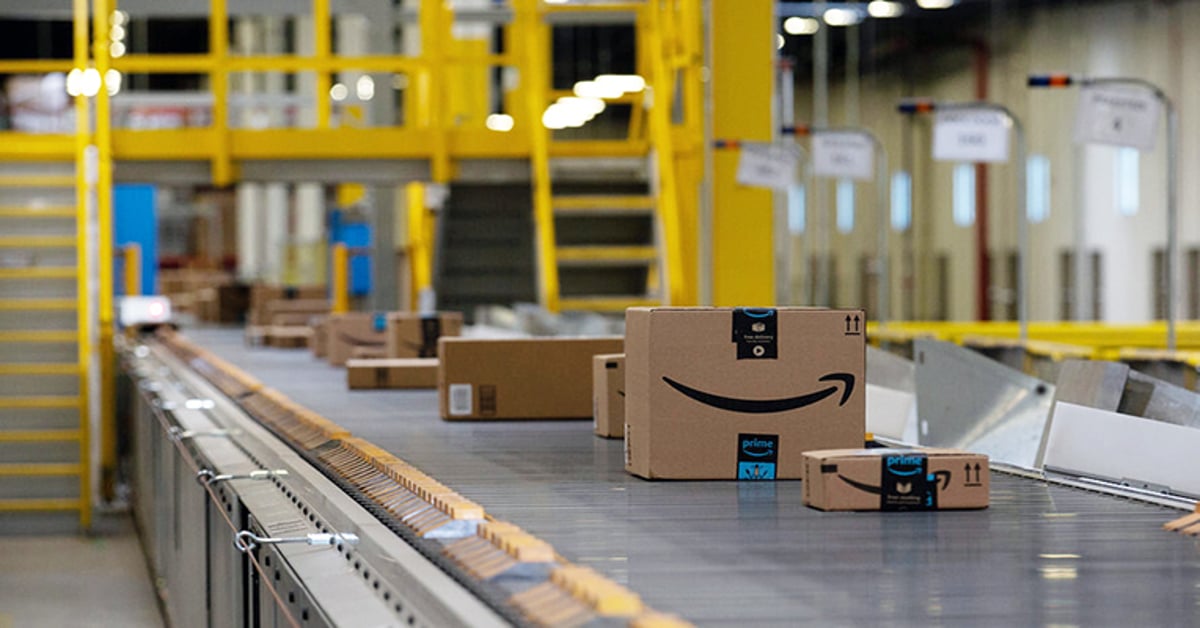More Inventory Management Topics
Selling on Amazon is a great way to build your business, expand your customer base, and boost your profits.
Amazon is the world’s biggest ecommerce retailer. In 2018, the retail platform reported total net revenue of $122.99 billion for its online stores.
So why wouldn’t you want a slice of the action? Because selling on Amazon is different than selling on most marketplaces, and you have to make sure you’re prepared.
First, you must understand that the backbone of success on Amazon is inventory management. Amazon offers a broad audience for you to sell to, but it is easy to stumble and fall if you are not using the right tools.
Things can become complicated when the orders start rolling in and you can’t keep up with the demand. If you choose to manage your inventory manually, playing catch up becomes a major headache. This is where an inventory management system can come in handy.
In this chapter, we look at the basics of choosing and operating an Amazon inventory and order management system — and everything you need to know about it.
What is an Amazon Inventory Management System?
Amazon inventory management systems are specialized software that can be used to keep track of your inventory levels, deliveries, sales, and orders originating from your Amazon sales channels.
They aim to reduce your carrying cost, mitigate fees, and synchronize inventory across all your listings. This results in less hassle and allows you to maintain a better and more accurate balance between having too much stock and too little.
Why Sellers Need an Amazon Inventory Management Solution
Proper inventory management is a critical part of Amazon product lifecycle management; with proper inventory management, you can make smart choices about pricing and stock levels for each product.
Amazon inventory management systems become even more crucial if you are selling using Fulfillment by Amazon (FBA), or FBA onsite. Amazon FBA provides sellers access to Amazon’s expansive distribution network.
In return for paying fees for shipping and storing your inventory in one of Amazon’s 25 fulfillment centers, Amazon takes responsibility for shipping your customer’s orders, guaranteeing it makes it to their door. If you don’t have the fulfillment structure to offer two-day or one-day shipping, Amazon FBA provides the support to help you do it.
Using Amazon FBA requires that you keep enough inventory at the FBA distribution centers to keep up with your Amazon order management, but not too much that you’ll be charged late storage fees by Amazon. It requires a delicate balance, and using an inventory management software that can track inventory across your warehouses, including Amazon FBA, makes the forecasting and inventory planning easier.
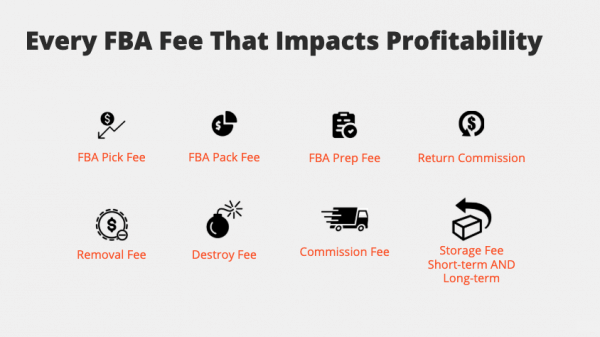
Amazon inventory management software also makes it easy for multichannel brands to sell on multiple sales channels, which we will take a closer look at later in this chapter. There are numerous solutions out there, including Extensiv, and you can choose one which provides the features and capabilities that you feel you need.
The Hazards of Running out of Amazon Inventory
If you are still wondering if you need an Amazon inventory management solution, imagine this scenario. You run out of stock on Friday and have nothing to sell until Monday. It’s a nightmare situation. Customers want to buy from you, but you’re out of stock.
The last thing you want your customers to see before trying to purchase your product is this:

When you run out of Amazon inventory, there are multiple consequences. Your profit margins are immediately affected. This loss in momentum becomes difficult to recover from, so many sellers try to avoid it from happening.
The impact is even more significant if you are using Amazon FBA. Not only do you have to place a purchase order with your vendor ASAP, but you also have to consider the additional days it takes to ship your inventory to Amazon and for them to process it. You can find yourself without sales for weeks. And customers won’t wait for you – they will shop elsewhere.
Lost Sales & Competitive Advantage
One of the biggest problems with running out of inventory is that Amazon’s search engine optimization penalizes your listing for not generating sales. The listing goes from active to inactive, and you won’t be able to make any sales during this period. If no sales are converting on your listing, it begins to lose its search ranking which can be difficult to recover.
It also means there’ll be no preorders. If you’re out of stock, customers can’t put in an order and wait for you to replenish your items. Instead, they’ll purchase from a competitor.
To make sure all your items remain active and that you keep your customers happy, you need to stay on top of your inventory forecasting and reordering.
Don’t Fall For The ‘Hot Product’ Trap
If you’re selling a popular or fast-selling product, it’s easy to think that everyone wants it. When this happens, sellers can easily fall into the trap of thinking that demand will always be there, no matter what.
And ‘no matter what’ even includes running out of stock.
“It’s okay,” the seller might say to themselves. “The customers will wait.”
There are two reasons why you shouldn’t think like this:
- Hot products aren’t hot forever. By the time you’ve restocked, the boom might be over.
- While you’re waiting to restock, your rivals are selling. You’ve fallen behind, and you might not catch up.
On the flip side, it’s also important to avoid purchasing an excessive amount of stock just because a product is quickly selling at the moment. Considering why the product is selling quickly – is it a seasonal product? Did the product just launch? Did it get recent media coverage?
These scenarios can contribute to a temporary boost in sales. But if you over-index on how much inventory you need because of this specific “moment in time,” you can find yourself with a surplus of inventory and a bump in fees.
No New Product Reviews
One thing Amazon sellers may not consider is the impact of having no inventory can have on their product reviews, and thus their ranking.
When you’ve run out of stock for a product, you can’t make any sales. And when you’re not making sales, you’re missing out on new potential product reviews.
You must keep a steady flow of product reviews on your listings. Online shoppers put a lot of faith in reviews, and if most of your reviews are a few months old (or older) it might discourage them from making a purchase.
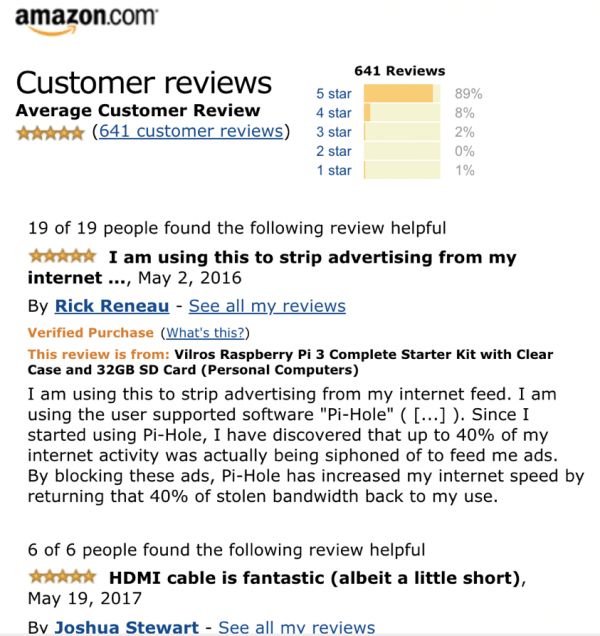
Product reviews also improve your search ranking, placing your listings higher so it’s easier for customers to find it. If you want to make sure you keep getting reviews, keep your inventory levels steady.
Upset Customers
When you experience a stockout, it costs your store a lot of money and time. Worse still, empty inventory makes you look unreliable, which is bad for consumer relationships. And if you don’t have a particular item in stock, your rivals will. So why should the customer wait for you to get your act together when they can just shop somewhere else?
Put yourself in their position: If you were excited to order an item you thought was in stock, but then found out it wasn’t, you’d be disappointed.
The Key to Avoiding an Amazon Stockout
The key to avoiding an Amazon stockout is proper inventory management control. While this might be possible using spreadsheets if you’re only selling on Amazon, it isn’t if you are selling on multiple channels.
An Amazon inventory management system built with sales channel integrations and FBA tracking and forecasting capabilities can track your inventory at Amazon and in your other warehouses and prompt you to reorder inventory before your stock sells out.
Depending on the size of your business and your Amazon inventory management needs, you will have a wide selection of solutions to choose from. These solutions will have a variety of different capabilities.
As you are deciding which solution is best, we recommend you consider the following:
Sales Channel Support
When choosing your Amazon inventory management system, it’s important to pick one that provides the sales channel support you need.
Some sellers will be happy with a system that provides sales channel support to Amazon only, yet multichannel sellers will want a system that provides sales channel support to other online marketplaces, such as eBay and Etsy. If you own your store on an ecommerce platform like Shopify or BigCommerce, your inventory management system should support those as well.
The more sales channels you are selling on the more you’ll need a single dashboard to connect the dots between your inventory and your channels to make the process easy. Inventory management systems that are connected to all of your channels allow you to keep inventory levels consistent across each platform as orders are simultaneously placed on them.
You should also consider your future needs.
While you might be selling solely on Amazon right now, who knows what’s around the corner? You might eventually grow your business and sell on other online marketplaces. Think about where you could expand. Amazon today — Shopify tomorrow?
When choosing your inventory management system, go with the one that offers the most opportunities for future growth. Look for one that’s flexible enough to encourage you to keep moving forward.
Optimizing Integrations
When shopping around for an Amazon inventory management system, you’ll find that many connect directly with the front end of your business, which is your sales channels.
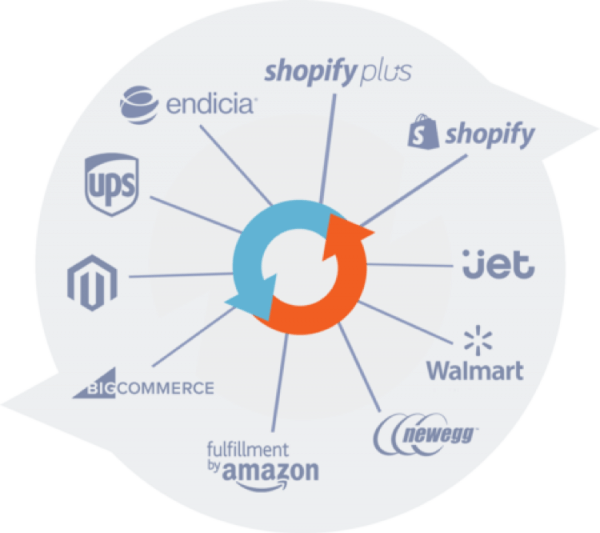
While it’s key to manage your inventory across all your sales channels — from BigCommerce to Walmart, etc. — what’s critical is to synchronize it with the rest of your business operations. If you don’t, you might find it hard to implement proper purchasing procedures or set-up key automations. And in this way, you might lose out to your rivals.
The way an Amazon inventory management system integrates into back-end systems will vary according to the system you choose. However, upgrades in the accounting world are common. Once the latest version becomes available, your integration solution must support it.
A great indicator of this is if the inventory management system offers direct integration into the accounting system. If they integrate directly, version updates to maintain the connection are probably frequently communicated. If the systems must integrate through a third-party or a custom integration, then there is a higher risk of delayed updates.
Support Multiple Business Processes
The best and most advanced Amazon inventory management software supports multiple business processes. While Amazon Seller Reports provide useful information, top notch inventory management software will go much further in providing you with helpful information. In addition to synchronizing your sales channels (see above), the software also allows you to:
Improve Your Optimal Order Frequency
Order frequency is key. If you order too much stock all the time, you’ll be left with an overstock. On the other hand, if you order too little stock each time, you could be left with an understock or need to place multiple orders to keep up. Both are frustrating and can hit you hard in the pockets. You need to know when is the best time to order new stock each month.
It’s really important to setup Amazon marketplace automations to cover this, and you can do so with Amazon inventory management systems that optimize when to order and how many units to request.
Reduce Admin Time and Errors
Integrating all of your systems helps to reduce admin time and mistakes. Your business accounting and inventory management system can communicate inventory and costs consistently and your inventory is updated in real-time across your channels.
The systems will always be in sync, and if errors are made, you will have historical logs between the systems to track how. The major benefit is that you have more time to focus on the core strategies that matter to the growth and success of your business.
Real-Time Financial Reporting
The most advanced Amazon inventory management systems closely track information automatically as you ship, pay, and invoice your orders. This means they should also provide real-time financial reports, keeping you up to date on the performance of all your sales channels.

The benefit here is that you’re able to make key decisions quicker than ever before. Instead of manually sifting through data in different spreadsheets, you’re combining and analyzing your Amazon and marketplace sales all at once.
Benefits of Automated Amazon Inventory Management
Automatic Updating of Inventory
As an online seller, your inventory needs to be updated automatically each time a product is sold or returned. You won’t need to individually update inventory on each channel, removing a significant amount of manual work and potential admin errors.
And the best thing is that your inventory updates 24/7, so even if late night, early morning or weekend orders are made, your inventory will always be consistent across your channels.
Track Your Products in the Warehouse
If you’ve got a warehouse and are finding it hard to keep track of your products, you don’t need to worry anymore. An inventory management system can track inventory down to your pick locations, making the process easier for you.
When you receive a purchase order, pick units, and ship the products, it is immediately reflected in your inventory and reflected on your channels. As a result, you’re left with many more satisfied customers.
More Freedom to Focus On Your Strategy
At the end of the day, what do you love about running an ecommerce store? There isn’t a retailer on earth who would say their main love is manually managing their inventory. Instead, many retailers have a passion for strategy.
You need to make time to plan your Amazon strategy so you can make sure the expansion pays off. Amazon has a lot of potential for growing your business – in the first quarter of 2018 Amazon’s market share was over 90% across five categories – so you want to make sure your approach makes the most of this opportunity.
There is plenty of money to be made on Amazon.
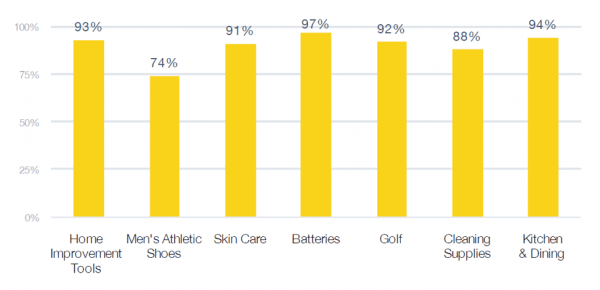
And when you use an automated inventory management system, you’re free to focus on the aspects of your business that matter to you. You’re free to source and create more awesome products and even grow your business into new markets.
Integration
As mentioned earlier, having your Amazon inventory management system integrated with the front end (sales channels) and the back end (accounting) of your business makes life so much easier for you.
Moreover, the system has comprehensive managing capabilities and can handle day-to-day activities, including invoices and warehousing. It also supports online and offline stores.
Key Takeaways
Manually managing your inventory is not only exhausting — but it also puts you at a greater risk of making errors. It’s much easier to work with an inventory management system that not only helps you manage your inventory but is built to address the specific challenges and requirements of the channels you are selling on. Not just that, but it will also ensure you perfect how frequently you order stock, help you avoid overstocks or being understock, and keep your customers happy.
The key is finding an automated inventory management solution that suits you and your needs. If you plan to grow your business and expand into new markets, make sure to find one that provides sales channel support so you can sell on Amazon and beyond.
Amazon Inventory Management for 3PLs: Challenges and Opportunities
Mastering Amazon Inventory Management Systems, Policies, and Procedures
The Amazon platform presents unique challenges and opportunities for 3PLs, as it requires a comprehensive understanding of its inventory management systems, policies, and procedures. By mastering these aspects, 3PLs can optimize their services, enhance their clients' experiences, and ultimately, grow their businesses. For instance, by managing inventory levels effectively, 3PLs can prevent stockouts and overstocking, which directly impacts customer satisfaction and sales performance. Additionally, adhering to Amazon's stringent storage and fulfillment requirements can help 3PLs avoid costly penalties and maintain positive relationships with their clients.
FBA is Key for 3PLs
3PLs Need Cutting-Edge Technology Solutions
One solution that caters to the needs of 3PLs is Extensiv 3PL Warehouse Manager. By providing features such as real-time inventory tracking, seamless integration with Amazon's systems, and advanced reporting capabilities, Extensiv 3PL Warehouse Manager enables 3PLs to streamline their operations, reduce errors, and make informed decisions to optimize inventory levels. By investing in a tool like Extensiv 3PL Warehouse Manager, 3PL owners, and logistics professionals can gain a competitive edge, enhance their clients' satisfaction, and ultimately, thrive in the rapidly evolving world of ecommerce and Amazon inventory management.


